1. Lobster
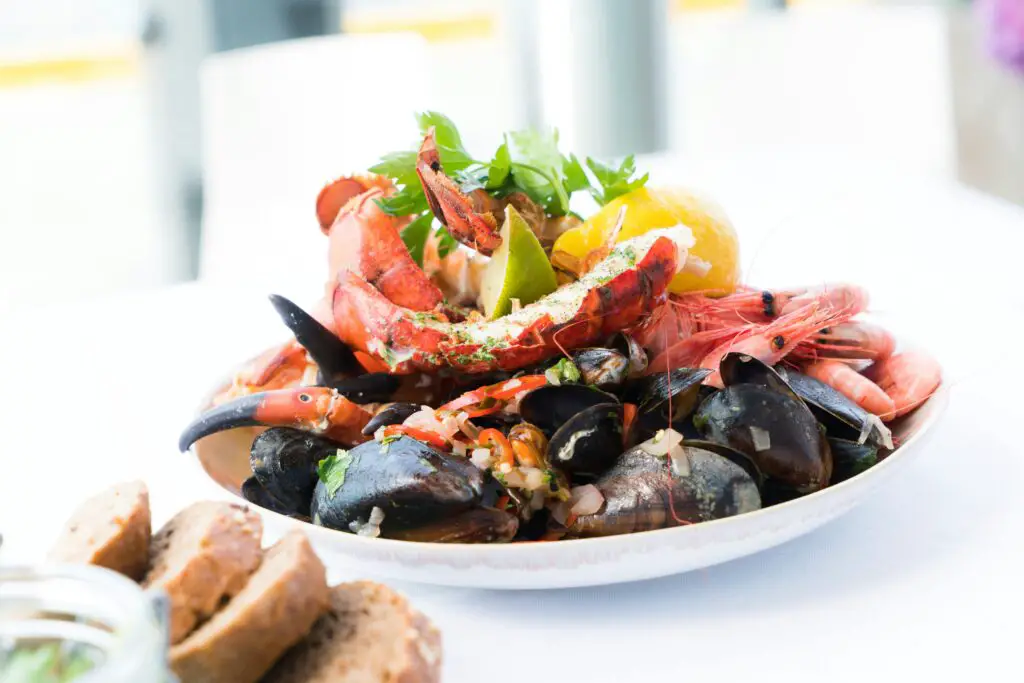
Believe it or not, lobster was once considered a poor man’s meal. Back in the ’17s and ’18s, these crustaceans were so abundant that they washed up onshore in piles, and people treated them like trash. In colonial America, they were often fed to prisoners, servants, and even livestock. Some workers revolted against eating lobster too often, demanding that it be served no more than a few times a week. It wasn’t until the late ’18s that restaurants and railroads started marketing lobster as a delicacy, and its price skyrocketed shares Yahoo.
Now, lobster is one of the priciest items on a seafood menu, with fancy restaurants charging top dollar for buttery lobster tails or luxurious lobster bisque. The transformation from prison food to high-end cuisine is one of the most dramatic in food history. It’s not just the cost of the lobster itself—preparation and presentation have elevated it to an elite status. If you’re eating a whole lobster with melted butter at an upscale restaurant, just remember: you’re feasting on what used to be peasant food adds BuzzFeed.
2. Oysters
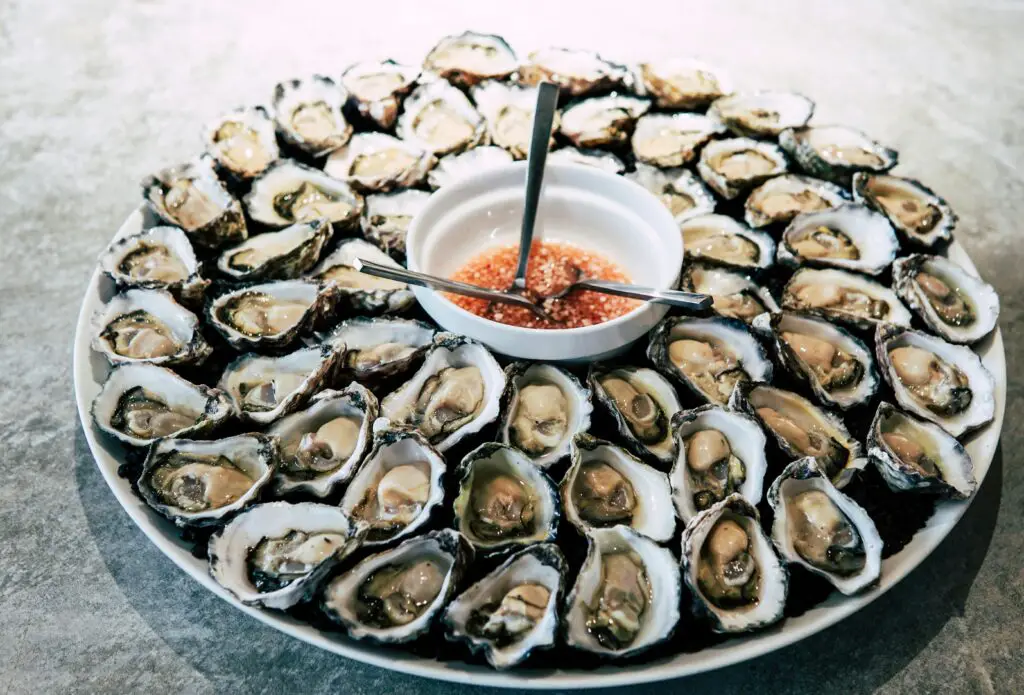
Oysters were once so plentiful that they were practically street food. In the ’18s and early ’19s, vendors sold them dirt cheap, often shucked right on the spot and eaten standing up. Workers relied on them as a filling, affordable source of protein. Even tenement dwellers in New York City had access to them, often adding them to stews or frying them for a cheap meal. They were easy to harvest, and nobody thought of them as a luxury says the New York Times.
Fast forward to today, and oysters are served on ice trays in high-end restaurants with price tags to match. Overfishing and pollution have made wild oysters much scarcer, driving up their value. Now, instead of being an everyday snack, they’re a sign of wealth and sophistication. The idea of a poor factory worker slurping oysters on the way home seems almost unthinkable today says STAT.
3. Caviar
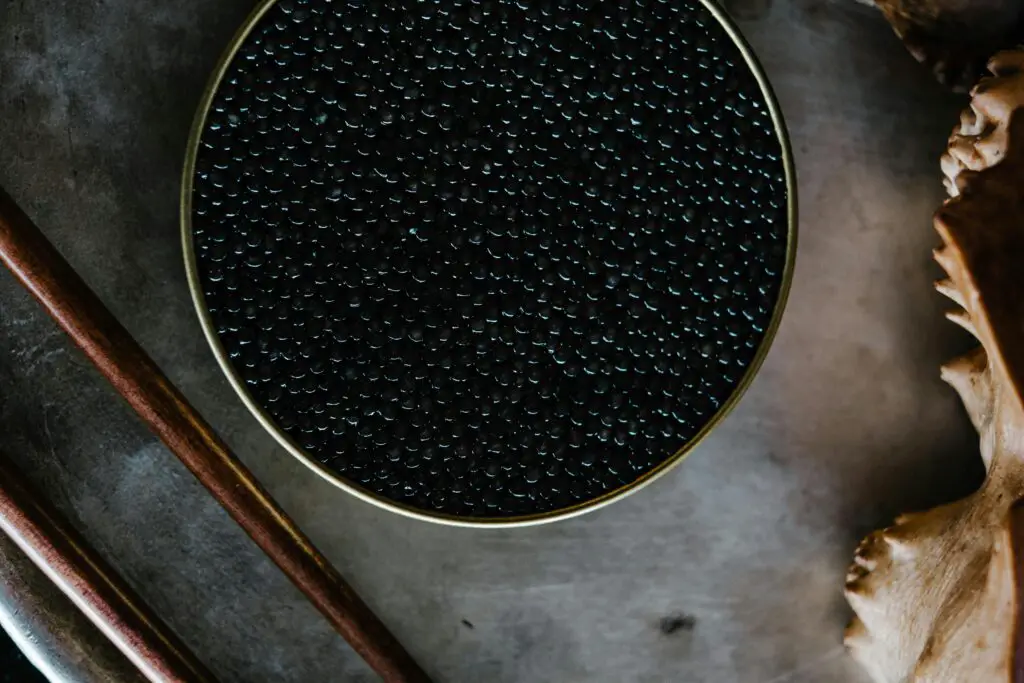
Caviar was once so common in America that bars gave it away for free, much like peanuts or pretzels. In the ’18s, the U.S. was one of the world’s top producers of sturgeon roe, and there was so much of it that it became a cheap snack. People didn’t see it as anything special—just another salty bite to accompany a drink. Fishermen often discarded the eggs or used them as bait. It took European influence to change people’s perception of caviar.
Now, caviar is one of the most expensive foods on the planet, with rare varieties selling for thousands of dollars per pound. The best sturgeon populations have dwindled due to overfishing, making high-quality caviar incredibly scarce. The association with luxury and wealth has only grown, as it’s often served in tiny portions at exclusive events. What was once a free bar snack is now reserved for the ultra-rich.
4. Sushi
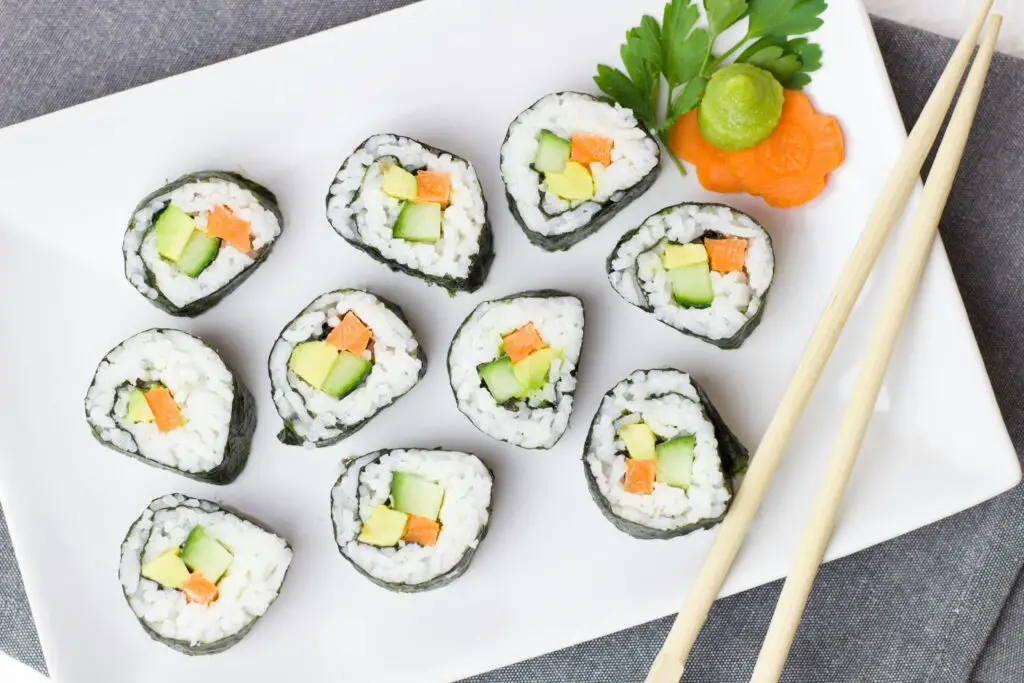
Sushi wasn’t always the delicate, high-priced dish we know today. In Japan, it started as a cheap street food, sold from carts for busy workers needing a quick bite. The original form, known as nigiri sushi, was fast, simple, and affordable. It wasn’t something you’d find at an expensive restaurant—it was a working-class meal. Even in the U.S., early sushi bars catered to Japanese immigrants and were far from the high-end establishments they are today.
Now, sushi is a status symbol, with high-end omakase experiences costing hundreds of dollars per person. The rise in popularity of sushi, especially premium fish like bluefin tuna, has driven prices sky-high. Celebrity chefs and exclusive sushi bars have turned it into an elite dining experience. What was once a humble snack is now a sign of refined taste and deep pockets.
5. Foie Gras
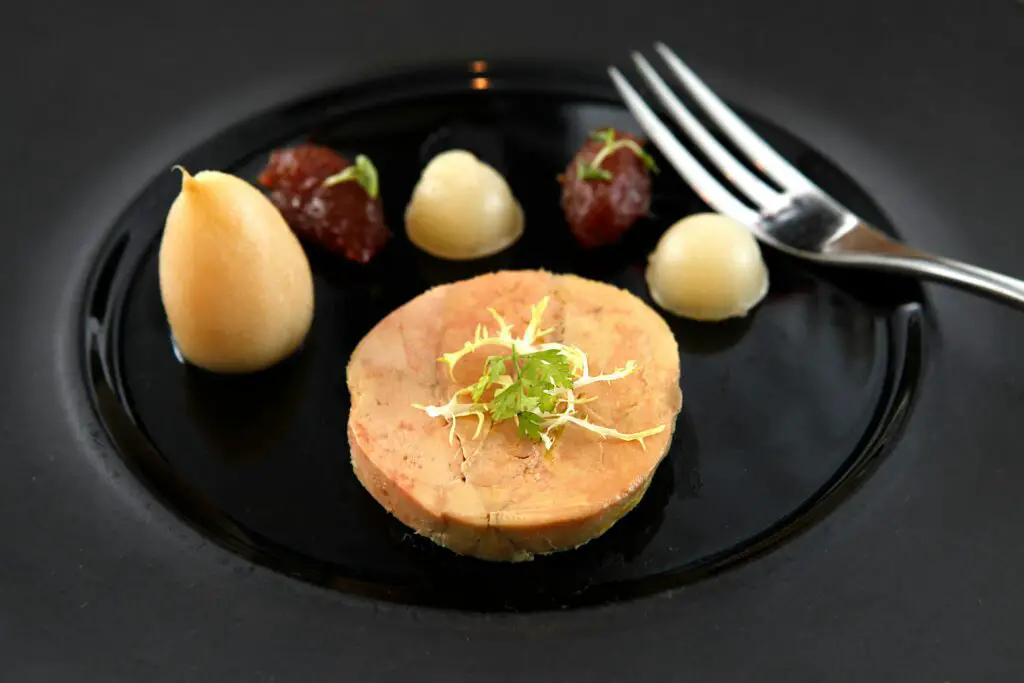
Foie gras, a delicacy made from fattened duck or goose liver, has aristocratic associations now, but it wasn’t always a luxury. Historically, farmers in France and other parts of Europe fattened their birds naturally, and foie gras was an accessible food. It was a rich, fatty dish that anyone could enjoy, not just the wealthy. In fact, foie gras was common in rural households, where families raised their own ducks and geese. It was a practical way to use every part of the bird.
Today, foie gras is controversial, highly regulated, and extremely expensive. The specialized farming techniques used to produce it have made it a high-end product. Many countries have even banned it due to ethical concerns, further limiting its availability. Now, it’s something you find in Michelin-starred restaurants rather than farmhouse kitchens.
6. Beef Short Ribs
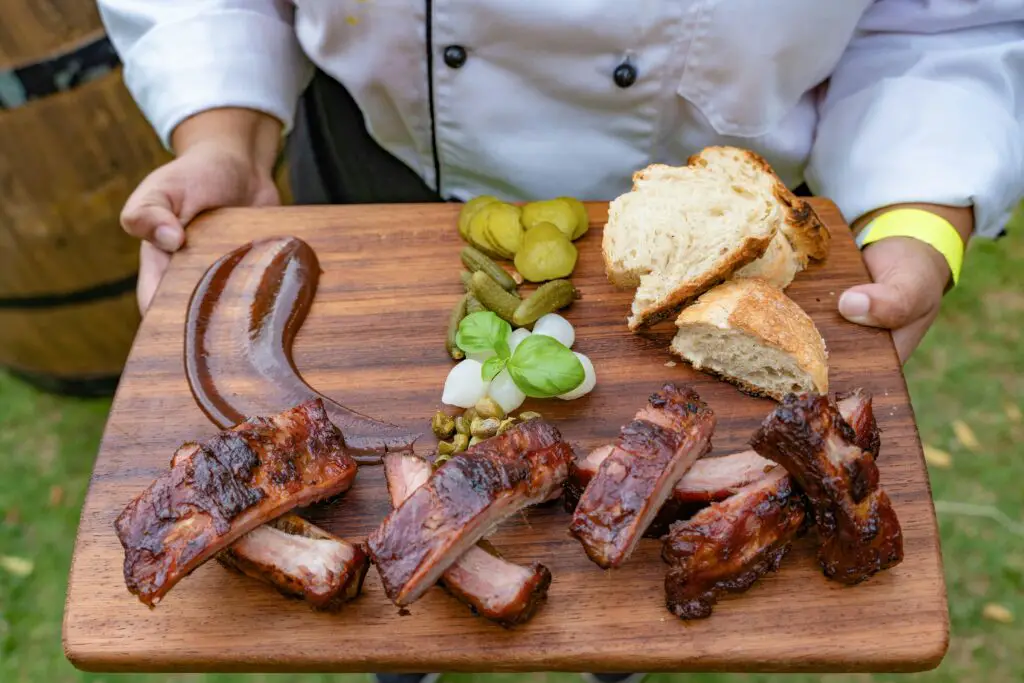
Short ribs used to be one of the cheapest cuts of beef, often bought by poor families looking for a way to stretch a meal. They were tough and required slow cooking to become tender, so they weren’t exactly sought-after. But they were inexpensive and packed with flavor, making them a staple in working-class households. People braised them for hours in stews or smoked them for barbecue. They were an affordable way to enjoy beef without paying premium prices.
Now, short ribs are featured on upscale menus, often with gourmet sauces and elaborate presentations. The rise of slow-cooked, high-quality meat dishes has pushed their price up significantly. What was once a budget-friendly meal now commands high prices in fancy restaurants. The demand has made short ribs one of the more expensive cuts of beef today.
7. Escargot
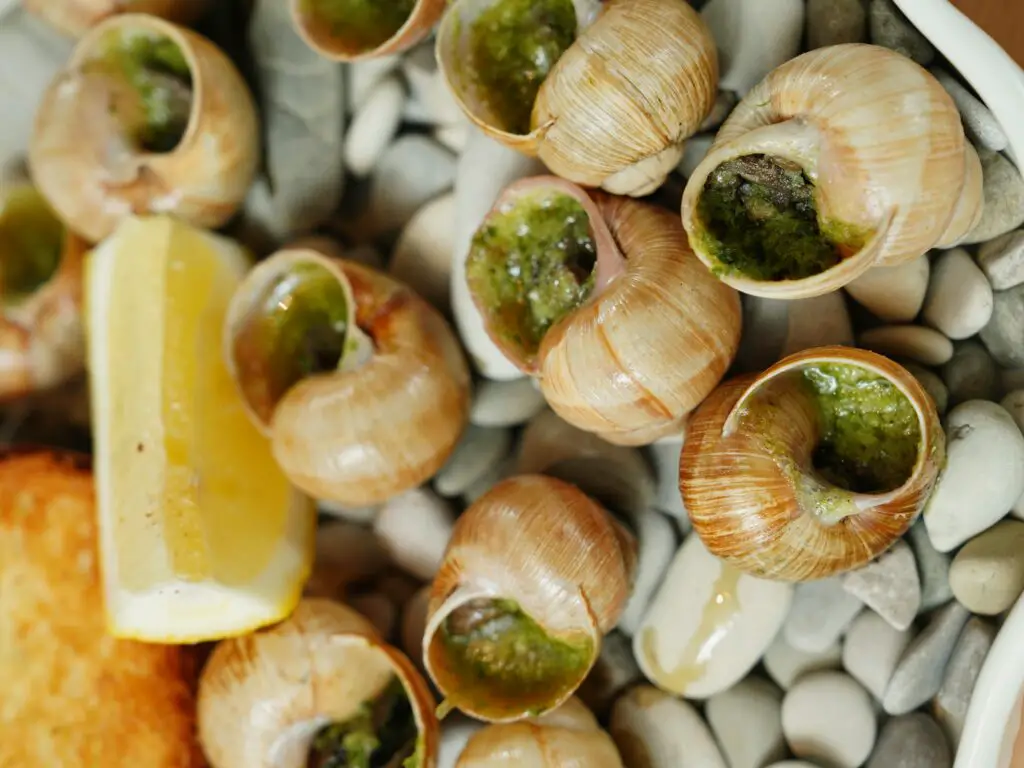
Snails were once a peasant food in France, gathered from gardens and cooked simply at home. People ate them because they were abundant and free, not because they were a delicacy. They were an easy protein source for those who couldn’t afford meat. Farmers and rural communities often included them in stews and rustic dishes. There was no sense of luxury associated with escargot.
Now, escargot is a signature dish in French fine dining, often served with rich garlic butter. The preparation and presentation have transformed it into a sought-after gourmet item. Today, they’re farmed specifically for high-end restaurants, and prices have soared. A food once considered a necessity for the poor is now a delicacy for the wealthy.
8. Quinoa

Quinoa was a staple for indigenous people in South America for centuries, considered a humble crop. It was cheap, easy to grow, and highly nutritious, making it a common food for farming communities. For a long time, it wasn’t valued outside of these areas, and it remained an overlooked grain.
Now, quinoa is marketed as a superfood, and its popularity has driven up prices worldwide. Demand from wealthy health-conscious consumers has made it expensive, even for the people who originally relied on it. What was once a subsistence crop is now a trendy, high-priced health food.
9. Bone Broth
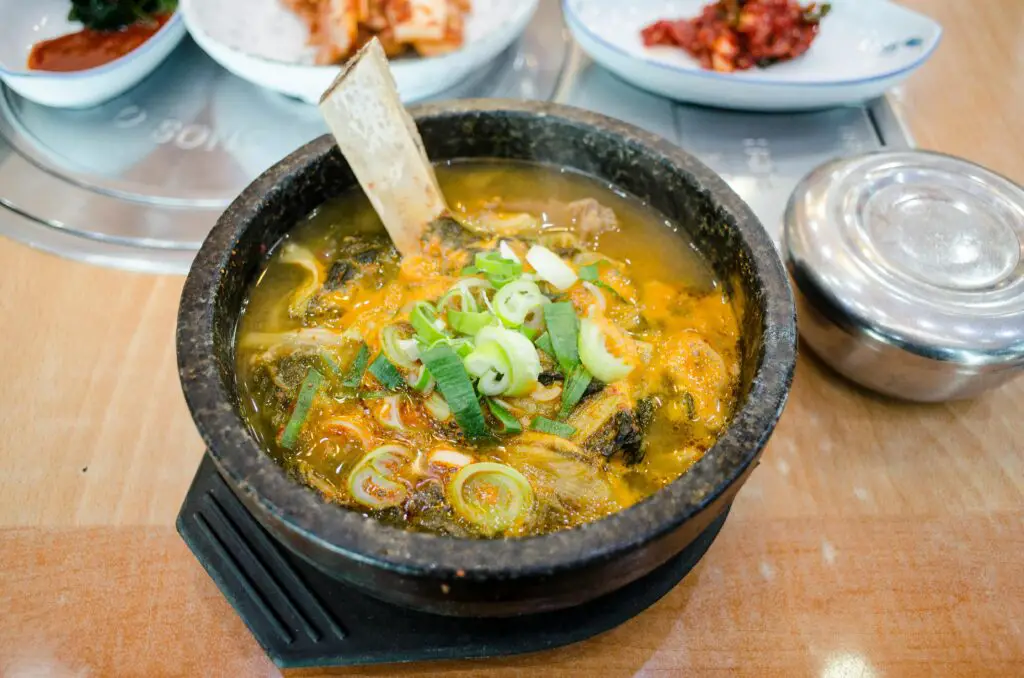
Bone broth used to be a necessity for poor families trying to make the most of their food. Bones were cheap or even free from butchers, so people boiled them to create flavorful, nutrient-rich soups. It was a way to extract every bit of goodness from an animal.
Now, bone broth is a trendy health food, often sold for outrageous prices in upscale cafes. It’s been rebranded as a superfood, with claims of collagen and gut-healing benefits. What was once a frugal necessity is now a status symbol in the wellness world.
10. Polenta

Polenta, made from boiled cornmeal, was once a staple of poor farmers in Italy. It was cheap, filling, and easy to prepare, making it a go-to meal for those who couldn’t afford expensive cuts of meat or fresh produce. Families would cook big batches and eat it plain or with simple toppings like cheese or vegetables. For centuries, it was seen as a humble dish, something you ate out of necessity rather than choice. Even in the U.S., cornmeal-based dishes were common in rural communities looking for affordable ways to stretch their food supply.
Now, polenta has found its way onto the menus of high-end restaurants, where it’s served with extravagant toppings like truffle oil, aged parmesan, and slow-braised meats. The same simple dish that once fed peasants is now considered gourmet, thanks to creative chefs elevating its status. You’ll find it plated beautifully in fine dining establishments, often accompanied by premium ingredients. What was once a poor man’s porridge is now a symbol of refined Italian cuisine.
11. Brisket

Brisket was once one of the cheapest cuts of beef, known for being tough and requiring hours of slow cooking to become edible. In many cultures, it was a throwaway cut, sold cheaply to those who couldn’t afford prime steaks or tender cuts of meat. In the American South and among Jewish communities, people found ways to make it tender and flavorful through smoking or braising. Barbecue joints and home cooks perfected the art of slow-cooking brisket, turning it into something delicious despite its humble origins.
Today, brisket is one of the most sought-after cuts of meat, with prices skyrocketing due to demand. High-end barbecue restaurants, celebrity chefs, and gourmet food trends have driven up its value. Some barbecue competitions and upscale eateries charge premium prices for a perfectly smoked slice of brisket. What was once an overlooked, budget-friendly cut is now a prized dish that commands top dollar.
12. Octopus
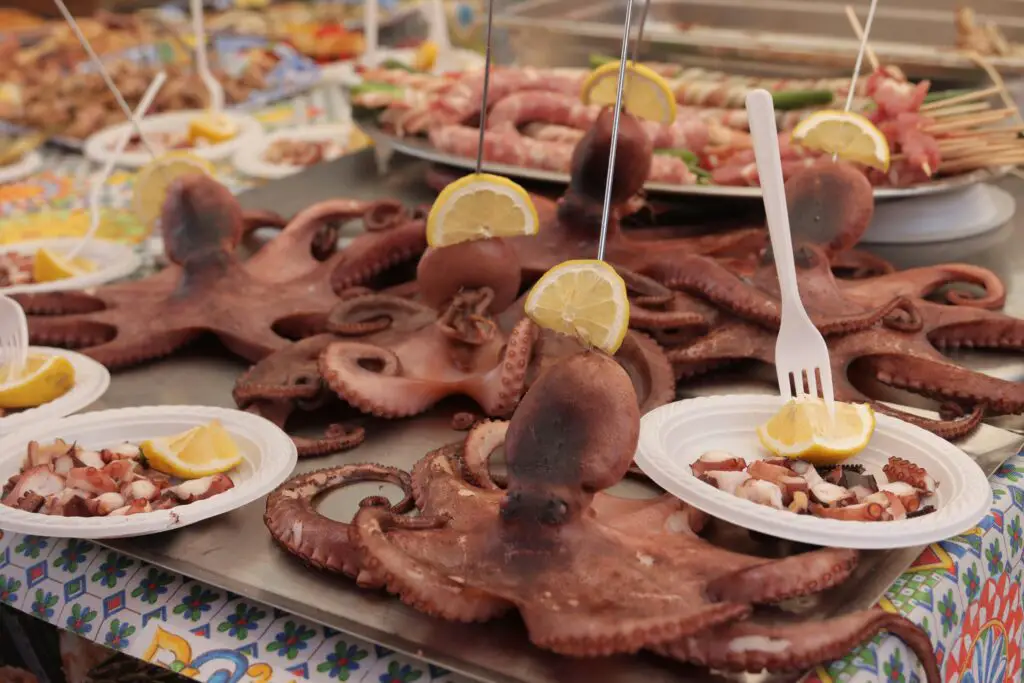
Octopus used to be considered a poor man’s protein, especially in Mediterranean and Asian coastal communities. Fishermen who couldn’t sell their catch would often keep octopus for themselves, cooking it in simple stews or grilling it over an open flame. It was cheap, abundant, and not particularly desirable compared to fish like tuna or salmon. Many people even saw it as a last-resort food, eaten only when there was nothing else available.
Now, octopus is a delicacy served at high-end seafood restaurants around the world. Overfishing has reduced wild octopus populations, making it harder to find and driving up its price. Chefs have also found ways to prepare it in gourmet dishes, pairing it with exotic flavors and beautiful presentations. A food once eaten out of necessity has become an expensive and trendy dining experience.
13. Black Truffles
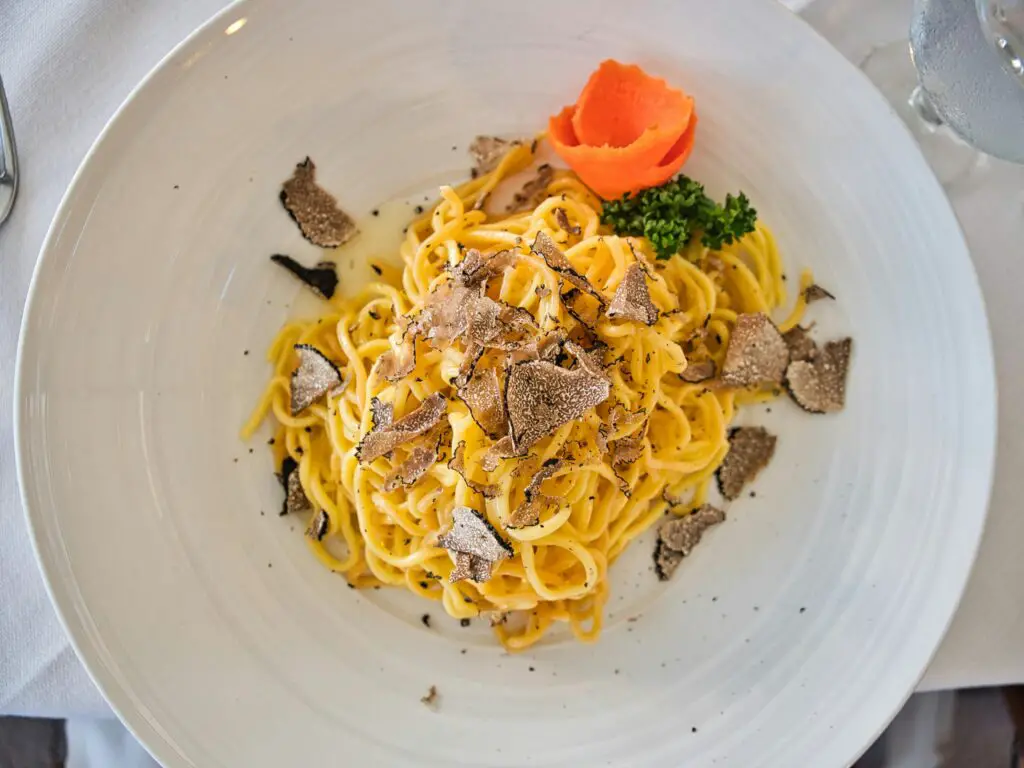
Truffles were once considered a poor man’s ingredient, easily foraged in European forests by farmers and villagers. They were used to add flavor to simple dishes without the cost of expensive spices or meats. Pigs and dogs were trained to sniff them out, making them accessible to those who lived in the countryside. Since they grew wild, people didn’t place much value on them—they were just another earthy ingredient in everyday cooking.
Now, black truffles are one of the most expensive foods in the world, with rare varieties selling for thousands of dollars per pound. Because they are difficult to cultivate and require special conditions to grow, their scarcity has driven up their value. High-end restaurants shave truffles over pasta, risotto, and even scrambled eggs, instantly elevating any dish. What was once a humble, foraged ingredient is now a sign of extreme luxury and culinary indulgence.
